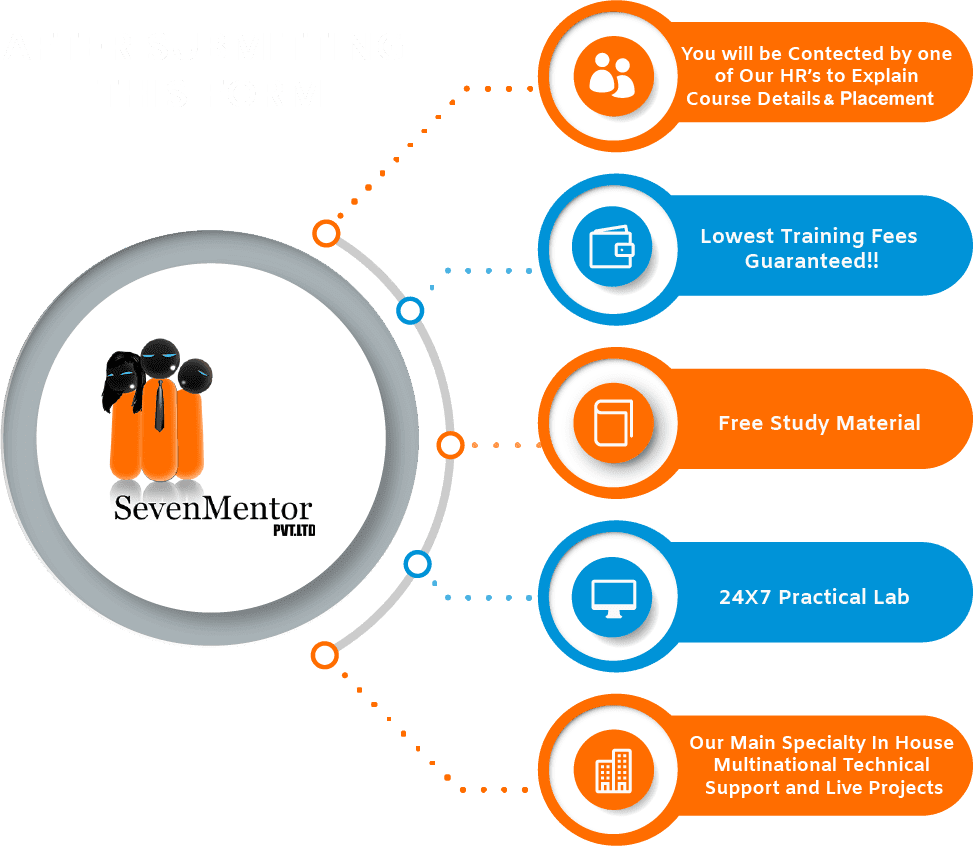However, many professionals hesitate to explore Business Intelligence (BI) tools like Power BI, fearing that it requires a technical background. The good news? Power BI is designed with user-friendliness in mind, making it an excellent choice even for non-technical professionals. In this blog, we’ll explore how non-technical users can learn Power BI and leverage it for business insights.
Understanding Power BI
Power BI is a Microsoft-developed Business Intelligence tool that helps users visualize and analyze data. It allows users to create interactive reports and dashboards without extensive coding knowledge. Power BI integrates seamlessly with Microsoft Excel, making it familiar for many professionals.
Why Power BI is Suitable for Non-Technical Professionals
1. User-Friendly Interface
Power BI offers a drag-and-drop interface, making it easy to create visualizations without writing complex queries. The platform is intuitive, similar to Excel, allowing users to quickly adapt to its features. Power BI Course in Pune
2. No Coding Required
While Power BI supports DAX (Data Analysis Expressions) and M language for advanced users, beginners can perform most tasks without coding. Many functions can be executed using simple clicks and built-in features.
3. Seamless Data Integration
Power BI connects with multiple data sources, including Excel, Google Sheets, SQL databases, and cloud services. Non-technical professionals can import and analyze data effortlessly.
4. Pre-Built Templates and Visuals
Users can start with pre-built templates and ready-to-use visuals, eliminating the need for extensive customization. Power BI provides various chart types, graphs, and KPIs for quick insights.
5. Abundant Learning Resources
Microsoft offers free tutorials, community forums, and guided learning paths. Additionally, platforms like YouTube, Coursera, and Udemy provide beginner-friendly courses for non-technical users.
How Can Non-Technical Professionals Learn Power BI?
1. Start with Online Tutorials
Microsoft provides official Power BI documentation and free training modules. Beginners can explore Microsoft Learn, LinkedIn Learning, or YouTube tutorials.
2. Practice with Sample Datasets
To gain hands-on experience, users can work with sample datasets available in Power BI. Practicing real-world scenarios helps in better understanding.
3. Join Online Communities
Power BI has an active user community where professionals share tips, templates, and solutions. Engaging in discussions can help users learn best practices.
4. Experiment with Excel Data
Since many professionals are already familiar with Excel, they can start by importing Excel sheets into Power BI to create dashboards and reports.
5. Enroll in Structured Courses
For a more structured approach, users can take online courses on platforms like Coursera, Udemy, or edX, which offer beginner to advanced levels.

